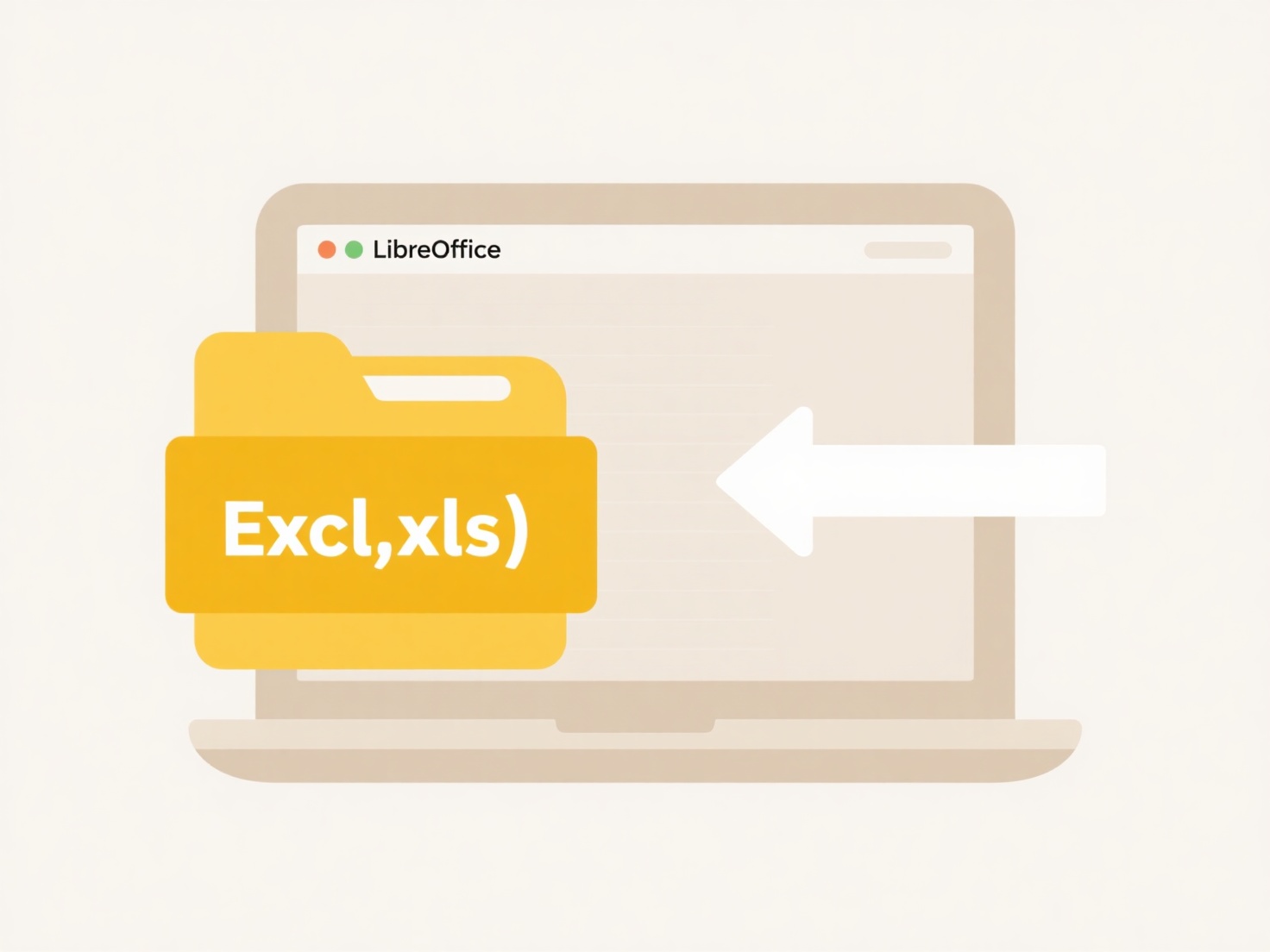
A failed save operation typically occurs when a computer cannot complete writing data to a storage device (like a hard drive, SSD, or cloud server) due to an interruption. This interruption can stem from insufficient storage space, sudden loss of power or network connectivity, hardware malfunctions, conflicting software terminating the process, or encountering unexpected file corruption or permission issues during writing. Essentially, data is being transferred step-by-step, and if the process gets interrupted before finishing, the save is incomplete and the file is often damaged or lost.
For example, attempting to save a large video project to a drive nearing capacity might fail midway as space runs out. Similarly, an autosave feature in a spreadsheet application could fail if your laptop battery dies unexpectedly during the save. Cloud-based applications, like online document editors or backup tools, frequently encounter this issue during network hiccups or service disruptions on either the user's or provider's end.

While vital for preserving work, save operations have limitations like susceptibility to unexpected system events. Key disadvantages include potential data loss and corrupted files. Best practices involve ensuring adequate storage, stable power and connectivity, regular software updates, and using applications with features like incremental saving or auto-recovery. Future developments focus on enhancing failure resilience through improved error handling, background replication, and more robust conflict resolution to minimize data loss risks.
Why does my save operation fail halfway through?
A failed save operation typically occurs when a computer cannot complete writing data to a storage device (like a hard drive, SSD, or cloud server) due to an interruption. This interruption can stem from insufficient storage space, sudden loss of power or network connectivity, hardware malfunctions, conflicting software terminating the process, or encountering unexpected file corruption or permission issues during writing. Essentially, data is being transferred step-by-step, and if the process gets interrupted before finishing, the save is incomplete and the file is often damaged or lost.
For example, attempting to save a large video project to a drive nearing capacity might fail midway as space runs out. Similarly, an autosave feature in a spreadsheet application could fail if your laptop battery dies unexpectedly during the save. Cloud-based applications, like online document editors or backup tools, frequently encounter this issue during network hiccups or service disruptions on either the user's or provider's end.

While vital for preserving work, save operations have limitations like susceptibility to unexpected system events. Key disadvantages include potential data loss and corrupted files. Best practices involve ensuring adequate storage, stable power and connectivity, regular software updates, and using applications with features like incremental saving or auto-recovery. Future developments focus on enhancing failure resilience through improved error handling, background replication, and more robust conflict resolution to minimize data loss risks.
Quick Article Links
Can I use the same folder structure in cloud and local?
Using the same folder structure in both cloud and local environments refers to designing and naming your directory hiera...
What’s the difference between read and write access?
Read access allows you to view the contents of a resource, like a file, folder, or database entry. You can open it, see ...
Why does my file save to OneDrive automatically?
Files automatically saving to OneDrive occur because Microsoft configures Windows and Office apps to use your OneDrive f...